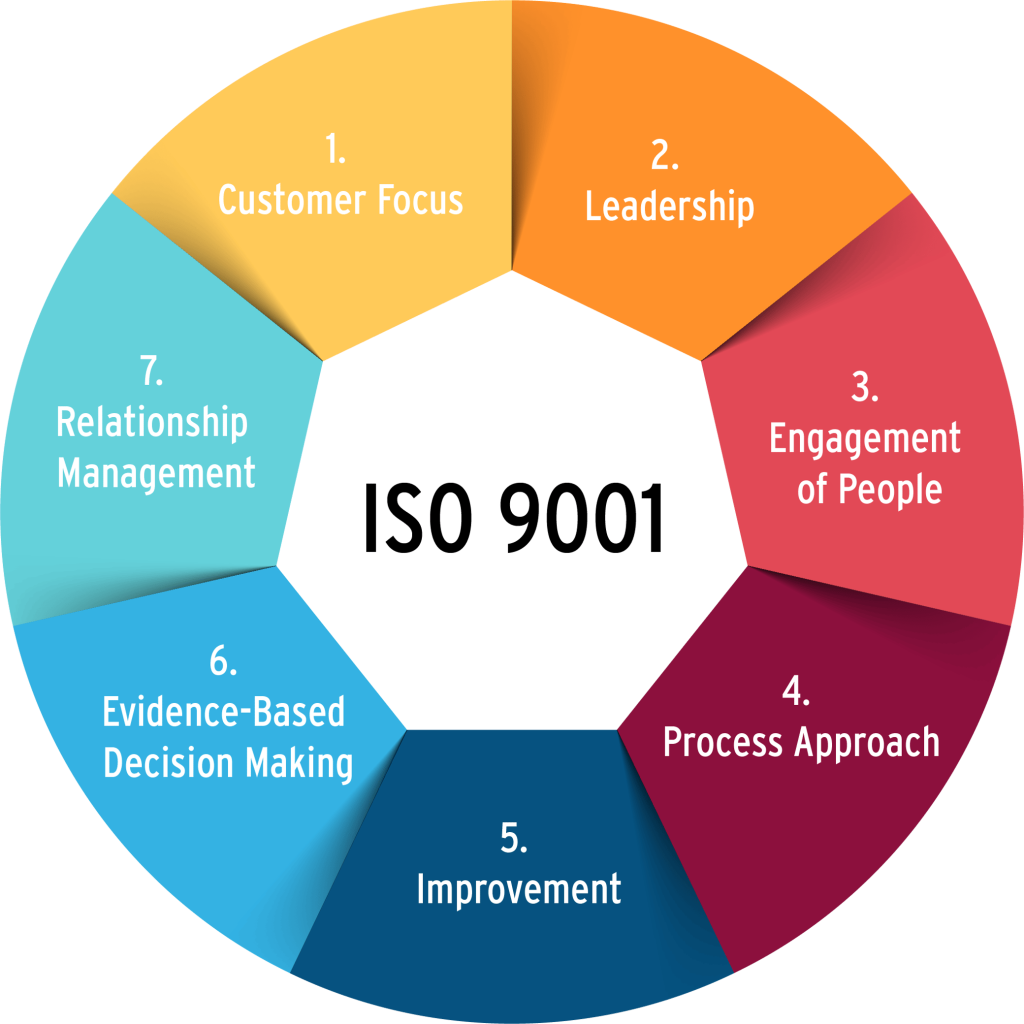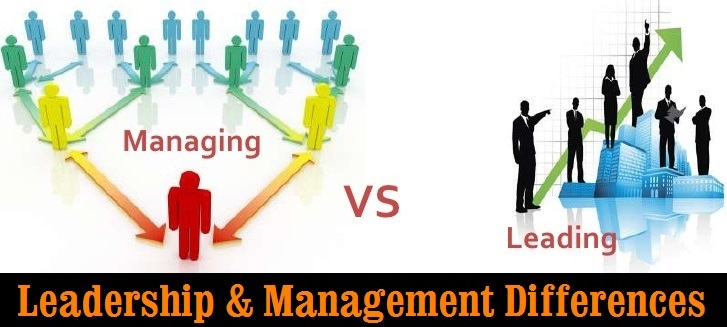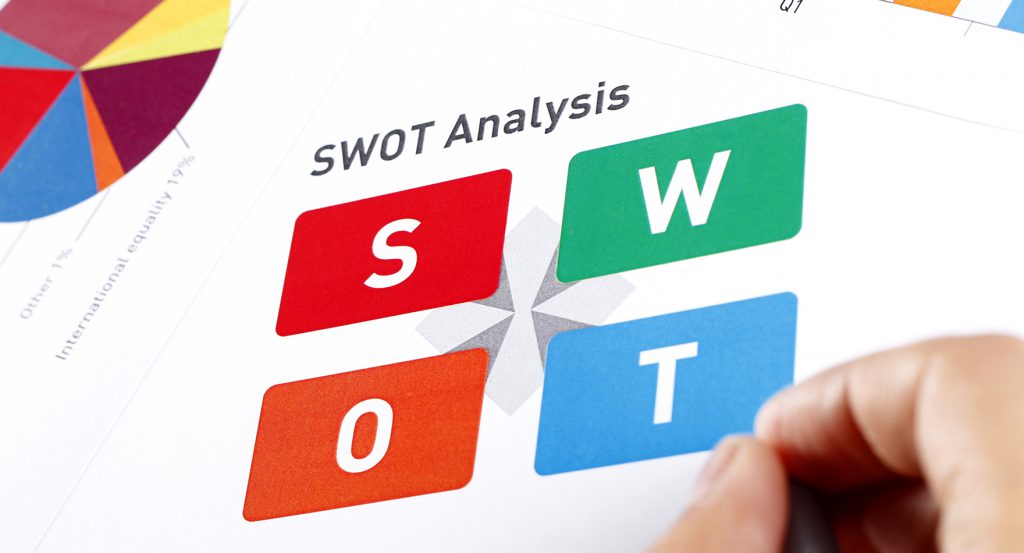
ISO 9001: Elevating Excellence in Quality Management
Quality Management ISO 9001 is an internationally recognized standard that plays a vital role in elevating excellence in quality management. In today’s highly competitive business
AKAP Accreditation Organization


Management consists of controlling a group or a set of entities to accomplish a goal. Leadership refers to an individual’s ability to influence, motivate, and enable others to contribute toward organizational success. Influence and inspiration separate leaders from managers, not power and control. The main question is what are the leadership and management differences?
Some managers come up through the ranks, while others have been brought in because of their education or experience managing people and projects. Regardless of how you became a leader, here you are, and your job has two major priorities: getting the most out of your team and getting the project done right.
When you’re trying to inspire, encourage and engage your staff, you have to be both a manager and a leader. When you want your employees, whether permanent or temporary, to be more productive, you have to know which role is best suited to get them there. Managing a team is more about maintenance – keeping a well-oiled machine going. However, when individual employees are in need of new energy and a boost to morale, focusing on leadership is the way to go. We want to say leadership and management differences on big points:
Management is the brain behind the business. They strategize plans and analyze statistics that boost the bottom line and promote the company image. Leaders hone in more on the individual workers, providing the support and encouragement they need to do their best work.
Managers check in on their employees and often observe from a distance, focusing on the overall process as a whole. Leaders guide their staff through steps and stages, working with them to create a more efficient and effective workplace. Of course, sometimes these roles overlap, so it is not uncommon for managers and leaders to wear interchangeable hats.
Managers assign duties and provide their departments with the tools needed to accomplish tasks. They keep their employees on time and organized, as well as measure success by examining the deliverables. Leaders look at the goal, the desired end result, and let their employees accomplish their goals by choosing their own means. They provide support and training when necessary, but tend to work toward the bigger picture.
While management outlines the objectives for a new project or process, leaders motivate the team to get there. Milestones are mapped out by managers, and they are often the ones to delegate and assign tasks. Leaders conduct the committee meetings, facilitate collaboration and give the team feedback on their progress.
When it comes down to understanding if the job was done right, managers have the tools to get results. They measure outcomes, analyze data and develop strategies for the next project on the horizon. However, leaders are often in the thick of it, working alongside their crew every step of the way. They enable their employees to be more productive by leading by example.
Most project managers I come across are managing the project, not leading it. This means that they are very rational and task-oriented. They focus on events and processes such as calculating effort, estimating duration, allocating resources, reporting progress, etc. And the way in which they manage the team is one based on authority, to the tune of: “As the project manager I have authority over my team members. They should do as I tell them because that’s what they get paid for.” This is a “push” approach. Managers generally tell people what to do.
Leadership, on the other hand, is quite different, mainly because it’s more people focused. Leaders don’t typically tell people what to do. Instead, leaders motivate team members by appealing to them at an individual level and by inspiring them to contribute to the overall vision. We call this a “pull” approach. Leaders understand what it is that makes each person tick and can show individuals how their strengths fit into the bigger picture. Leaders are more visionary and inspirational, and not so focused on being skill-centric.
Another way of looking at the comparison is that management is very finite and definite. There is often a right and a wrong process to follow, and the manager upholds that. Leadership, by contrast, is much more open. Leaders ask questions, and listen to and empower people instead of just telling them what’s expected of them.
I’m not advocating that one is better than the other, or that project managers should stop managing and only lead. Far from it! As project managers we need both. The issue is that most project managers only manage; they never lead. And we need a healthy balance between the two approaches.
As a rule of thumb, you should manage tasks, events and processes, and lead people.
This is the big point of Leadership and management differences.

Quality Management ISO 9001 is an internationally recognized standard that plays a vital role in elevating excellence in quality management. In today’s highly competitive business

What does SWOT stand for? SWOT stands for Strengths, Weaknesses, Opportunities, and Threats, and so a SWOT Analysis is a technique for assessing these four aspects of your